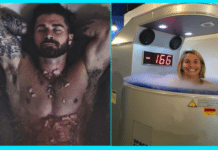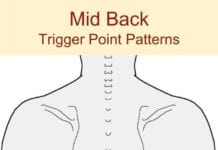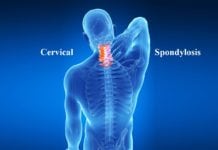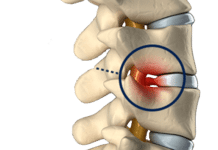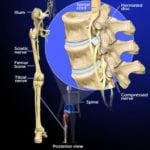Between each of the vertebrae of the human spine are discs. These discs prevent the vertebrae from rubbing against each other, allowing the spine to be flexible. They also provide support for the vertebrae. However, like bones, these spinal discs deteriorate with age.
In some people, the deterioration is more severe. This is known as spondylosis or spinal osteoarthritis, commonly referred to as degenerative disc disease. Degenerative disc disease is most common in adults over the age of 30, and can cause a wide range of symptoms.
Symptoms
Not every case of degenerative disc disease is the same. Because the discs deteriorate in different places and at different rates, the pain caused by this condition is different for every person. Common symptoms of degenerative disc disease include:
- Stiffness, loss of flexibility
- Tingling or numbness
- Inflammation of the spine
- Bone spurs
As frustrating as these symptoms can be, most can be treated through non-surgical methods. The important thing is to get your spine inspected early before the disease begins to disrupt your life.
Diagnosis
Degenerative disc disease is primarily diagnosed through medical imaging, such as a CT scan, an MRI or an X-ray. These tests can reveal deformities in the spine such as shrinkage in certain areas, bone spurs or other abnormalities, and areas where there is more pressure on the nerves or spinal cord. A diagnosis and treatment plan can be developed based on the results of the medical imaging.
Treatments
Since each condition is different, exact treatment programs will be different. However, there are several avenues of treatment that have proven helpful in cases of degenerative disc disease:
- Physical Therapy: To help restore flexibility and strength to your spine, physical therapy may be recommended. Treatment may also involve a behavioral portion, designed to teach you better working and movement habits.
- Spinal Traction: This stretching technique is recommended in cases where the nerves are being compressed by the shrinking vertebrae.
- Medicines: Painkillers, muscle relaxants and anti-inflammatory drugs are often prescribed to assist patients with managing their pain.
- Alternative Treatments: Acupuncture, behavioral modification therapy, deep tissue massage and yoga have shown to help patients manage their condition. These can be used in conjunction with other forms of treatment.
- Surgery: The symptoms and the progression of the disease will determine whether surgeries such as discectomy, percutaneous disc compression or spinal fusion are necessary. Surgery is usually considered a last resort for degenerative disc disease.
Early diagnosis and treatment can make degenerative disc disease manageable so those who suffer from the disease are able to maintain a normal lifestyle. Make an appointment with your physician to reach a diagnosis and discuss possible solutions to relieve the pain.











